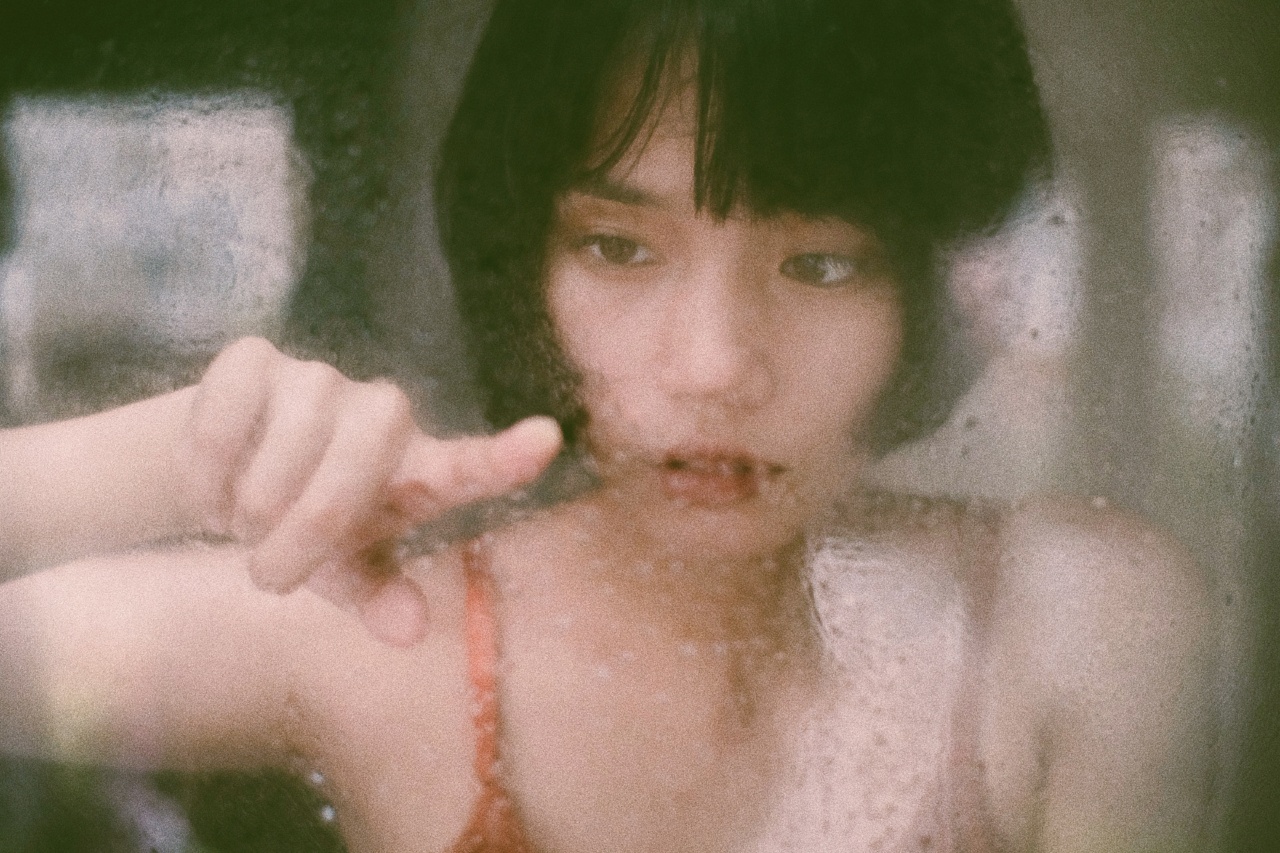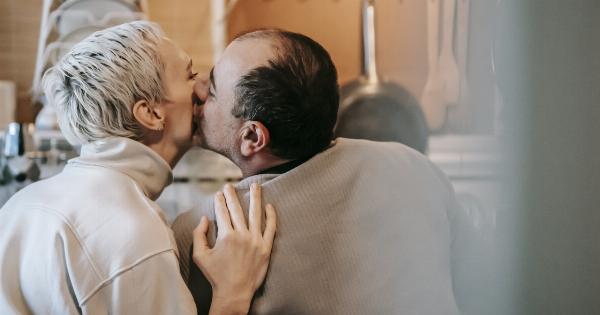Depression is a complex psychological disorder that affects millions of people worldwide. It can manifest in various ways, often causing a persistent feeling of sadness, loss of interest in activities, and changes in sleep patterns.
While the causes of depression are multifactorial and still not fully understood, researchers have started investigating the potential link between light exposure and the development or exacerbation of depressive symptoms.
Understanding the Impact of Light on Mental Health
Light plays a crucial role in our daily lives, regulating our sleep-wake cycle, influencing our mood, and affecting various physiological functions.
Natural sunlight, for instance, helps regulate our internal body clock, known as the circadian rhythm, which in turn affects our sleep patterns, hormone production, and overall well-being. On the other hand, exposure to artificial light, especially at night, can disrupt this delicate balance, potentially leading to negative health consequences.
The Circadian Rhythm and Depression
Research suggests that disruptions to the circadian rhythm can contribute to the development of depression.
A misalignment between an individual’s internal body clock and the external light-dark cycle can affect neurotransmitter levels, hormones, and overall mood regulation. Individuals with irregular sleep patterns, such as those who work night shifts or suffer from insomnia, are particularly vulnerable to circadian rhythm disturbances, making them more susceptible to depression.
Bright Light Therapy: Shining a Light on Depression
Bright light therapy, also known as phototherapy, is a promising treatment option for individuals with depression. This therapy involves exposure to high-intensity, artificial light that mimics natural sunlight.
The light is typically emitted through a lightbox, and individuals are advised to sit in front of it for a specific duration each day. Studies have shown that light therapy can help regulate circadian rhythm disruptions and alleviate depressive symptoms, making it a valuable adjunct to traditional treatment approaches.
Blue Light and Depression: Unveiling the Connection
In recent years, the potential impact of blue light on mental health has gained significant attention.
Blue light is a short wavelength light that is most prevalent in natural sunlight, but it is also emitted by electronic devices such as smartphones, tablets, and computer screens. Exposure to blue light in the evening can suppress the production of melatonin, a hormone that promotes sleep, thereby influencing our sleep patterns and potentially contributing to mood disorders like depression.
The Role of Light in Seasonal Affective Disorder (SAD)
Seasonal Affective Disorder (SAD) is a type of depression that occurs seasonally, typically during the winter months when natural light exposure is reduced.
The reduced daylight hours can disrupt the circadian rhythm and lead to a drop in serotonin levels, causing symptoms of depression. Light therapy, specifically using bright white light or blue-enriched light, can significantly alleviate SAD symptoms by regulating the circadian rhythm and restoring neurotransmitter balance.
Lighting Solutions: Optimizing Mental Well-being
Given the potential impact of light on depression, there are several measures individuals can take to optimize their mental well-being:.
1. Increase Natural Light Exposure
Where possible, spend time outdoors during daylight hours to maximize exposure to natural sunlight. Try incorporating outdoor activities into your daily routine, such as taking a walk during your lunch break or exercising outside.
2. Limit Blue Light Exposure at Night
Avoid using electronic devices, such as smartphones or tablets, one to two hours before bedtime. Consider using blue light filters or applications that reduce the emission of blue light in the evening.
Additionally, consider investing in blue light-blocking glasses, which can help minimize the impact of blue light on sleep quality.
3. Create a Sleep-Friendly Environment
Ensure your bedroom is conducive to quality sleep. Make the room as dark as possible by utilizing blackout curtains or blinds. Use dim, warm lighting in the evening to signal to your body that it’s time to wind down and prepare for sleep.
4. Consider Light Therapy
If you are experiencing depressive symptoms or have been diagnosed with depression, consult with a healthcare professional about the potential benefits of light therapy.
They can recommend the appropriate light therapy devices and guide you on the duration and timing needed for optimal results.
Conclusion
While light exposure alone may not be the sole cause of depression, it undoubtedly plays a significant role in regulating our overall mental well-being.
By understanding the impact of light on our circadian rhythm and making conscious efforts to optimize our light exposure, we can potentially reduce the risk of depression and improve our overall mood and quality of life.





























